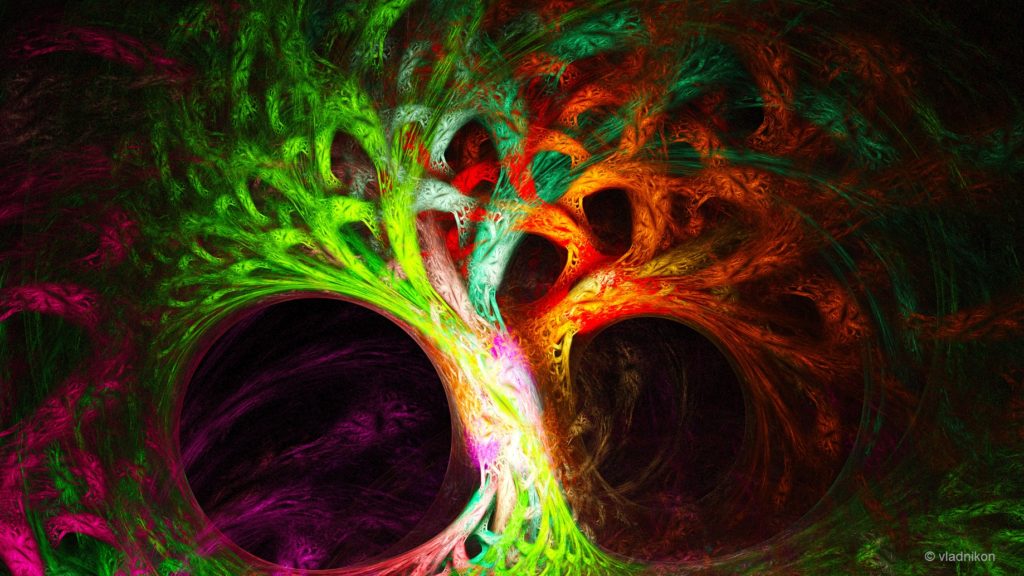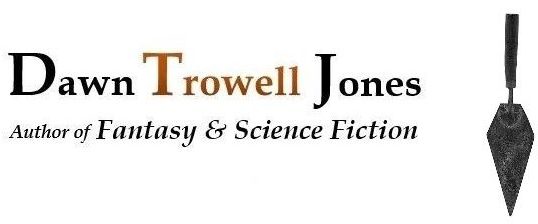 This post was inspired by an article I enjoyed: The Crucial Filmaking Elements Causing All Your Movie Feuds by Film Crit Hulk (nom de plume) (http://observer.com/2018/05/the-two-crucial-filmmaking-elements-causing-all-your-movie-feuds/).
This post was inspired by an article I enjoyed: The Crucial Filmaking Elements Causing All Your Movie Feuds by Film Crit Hulk (nom de plume) (http://observer.com/2018/05/the-two-crucial-filmmaking-elements-causing-all-your-movie-feuds/).
Text and texture, sympathy and empathy: the ideas he expresses (and he expresses them beautifully in spite of the typos) are ideas my husband and I have tossed around—less formally, of course—often disappointed by movies we’ve paid good money to see. I’m talking about movies we were excited about, anxiously anticipating their releases for months in advance, even years, only to leave the theater with a big old soggy “meh.” Usually a failure of text, I reckon: the previews sure looked good. Yes, please, Film Crit Hulk, we would like the full experience! Empathy! ‘Merging with Mercer’! All that!
But, I wonder, do I have a bias towards text—or texture? I mean, beyond the fact there are certain types of stories I enjoy more than others. It’s an interesting question. Hard to say. I want to fall into stories, just like anyone else.
(Except for those times when I just want something to distract my brain so I can relax. Could that be why quality is trending downward? Are we all of us just that friggin’ burned out? And if so, is there any possibility that this is by design? Consciously or just tacitly nudged along for the convenience for the ones prospering from it…? I digress.)
Back to center:
 I see some of the same problems of imbalance Film Crit Hulk mentions in written fiction (as opposed to cinematic)—particularly in genre fiction, like science fiction, fantasy, and spy novels. For probably obvious reasons, if you’re telling a story and have to choose one aspect to fall short on, in film, it will be text (stunning previews sell tickets), and in novels, it will be texture, because people are patient with poor writing so long as the story’s good, but rarely does it go the other way around.
I see some of the same problems of imbalance Film Crit Hulk mentions in written fiction (as opposed to cinematic)—particularly in genre fiction, like science fiction, fantasy, and spy novels. For probably obvious reasons, if you’re telling a story and have to choose one aspect to fall short on, in film, it will be text (stunning previews sell tickets), and in novels, it will be texture, because people are patient with poor writing so long as the story’s good, but rarely does it go the other way around.
There are works I’ve greatly admired yet found stylistically difficult to read to the point of being off-putting, sort of a slog to get through; though imaginative and unusual, I found them to be a bit overblown. Too many darlings! And yet, those stories will stick with me—certain scenes and the overall feel of the piece—not only do I like them, but I care about them as a comprehensive thing, even when the story turns out to be simply boy-seeks-girl, or something that basic, though obscured by a noisy everything-else. Did the manner (texture) in which these authors told their stories help me embrace their substance (text)? Were their stories thereby made large? Was it this that allowed me to incorporate the authors’ visions into my own private lexicon of thought, and in doing so forever alter my perspective? Because that sure sounds like success to me. Or, was it in fact that the stories were so inherently poignant, once I unpacked them, they hit their mark in spite of overblown language? Still sounds like success. I don’t have an answer to these questions, and I’d like to have one. The idea fascinates me. Make no mistake, I will choose to read this type of work again and again, even if I complain. (And I do, I do.) I suspect that to some degree, it’s a manipulation: because I have to work to get at the nuggets, I value them more, which sort of elevates them in thought and memory. Perhaps in working more, I’ve been made an actual part of the story. Not passive to the journey, but active. I mean, when you think about it, these authors (my idols, and as such, my mentors) have successfully bent my mind—to suit their purposes of communication.
How about that.
 But, let’s switch and consider the all-night-binge thriller. Some have amazing ideas riddled with tension and well-paced action sequences, yet are written with some of the most shallow, airy, wham-bam diction one could ever hope to see. If you know what I mean, then you know what I mean. But honestly, I still enjoy them, once I get what they’re up to. I enjoy what’s good in them—I’ve even wondered (heaven help me) whether I enjoy what’s good in them better because the literary fluff has been put aside. Film Crit Hulk says it’s the goal of every filmmaker to hit something like the jackpot by maximizing text and texture. What’s the texture of the thriller, then? Or even the text? The game is vastly different, isn’t it? Texture, I’ll guess, would be more in the pacing and choice of action; text perhaps is the unfolding of the good idea, with only enough character development to support reader sympathy. They’ve become part of my lexicon—they have—for their ideas speak to me. The experience of them speaks to me. Not on quite as personal a level as the literary works mentioned above, but still, reading all night, I’ll be damned if I don’t care what happens!
But, let’s switch and consider the all-night-binge thriller. Some have amazing ideas riddled with tension and well-paced action sequences, yet are written with some of the most shallow, airy, wham-bam diction one could ever hope to see. If you know what I mean, then you know what I mean. But honestly, I still enjoy them, once I get what they’re up to. I enjoy what’s good in them—I’ve even wondered (heaven help me) whether I enjoy what’s good in them better because the literary fluff has been put aside. Film Crit Hulk says it’s the goal of every filmmaker to hit something like the jackpot by maximizing text and texture. What’s the texture of the thriller, then? Or even the text? The game is vastly different, isn’t it? Texture, I’ll guess, would be more in the pacing and choice of action; text perhaps is the unfolding of the good idea, with only enough character development to support reader sympathy. They’ve become part of my lexicon—they have—for their ideas speak to me. The experience of them speaks to me. Not on quite as personal a level as the literary works mentioned above, but still, reading all night, I’ll be damned if I don’t care what happens!
So, what do I do with this?
I’ll think about reader engagement, won’t I?—the achievement of some harmonious balance between texture and text. The fuller the engagement, the better. Text and texture complementing one another. This, this must be the commonality between my examples. Not only that, one might argue that there’s to some degree text implied by a literary texture, that its elevated style becomes part of the story, imposes upon the story’s core narrative a secondary meta-narrative. But tension is the key, always, according to the experts. Then, perhaps, when done well, the challenge of an elevated literary style might actually add tension to a work—and isn’t tension plus a compelling idea what carries the thriller? When we look at our favorites, they probably meet in the middle. If expressed in enough of an elevated style to transport us artistically, we invest in the journey—but if they also provide enough of a thrill-ride that we’re swept off to some distant place full of joy and fear where cool things are happening to characters we believe in (and care for), that’s the jackpot. That’s when a work’s really “cooking with gas.” Don’t you agree?

